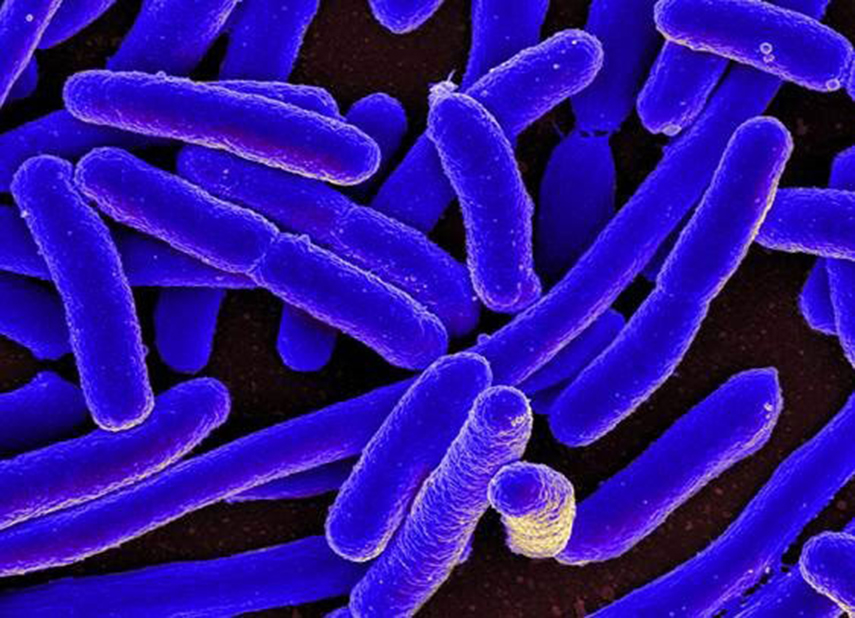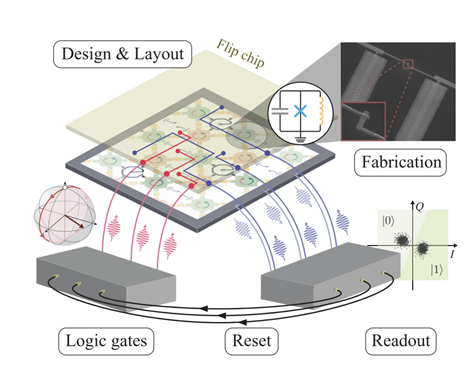The Secret Lives of Cells
Supercomputer simulations predict how E. coli adapts to environmental stresses.

The Science
Warmer temperatures can alter a cell’s protein structure. Researchers developed a systems-level computational model, FoldME, that can accurately predict how E. coli responds to temperature changes and genetic mutations. The model can also predict how the bacterium then reallocates its resources to stabilize proteins. This study, led by the University of California, San Diego, used supercomputers to run large-scale simulations. The computing services let the team run calculations in parallel for hundreds of proteins. The computer sped up what would otherwise have been weeklong simulations.
The Impact
To have full control over living cells, scientists need to understand the fundamental mechanisms by which they survive and quickly adapt to changing environments. FoldME could aid in designing engineered organisms. These organisms could have use in biofuel production and patient-specific treatments for bacterial infections.
Summary
This work and the FoldME model provide a comprehensive, genome-scale understanding of how cells adapt under environmental stress, with statistical descriptions of multiscale cellular responses consistent with numerous datasets. Using first principles calculations and computational resources at the National Energy Research Scientific Computing Center allowed the researchers to gain a deep understanding of how multiple protein folding events and other intracellular reactions all work together to enable the cell to respond to environmental and genetic stresses. These findings have implications for precision medicine, where adaptive cell modeling could provide patient-specific treatments for bacterial infections, and for biofuel production.
Contact
BER Program Managers
Pablo Rabinowicz
Biological Systems Science Division
Office of Science
Department of Energy
pablo.rabinowicz@science.doe.gov
Ramana Madupu
Biological Systems Science Division
Office of Science
Department of Energy
ramana.madupu@science.doe.gov
Principal Investigator
Bernhard Palsson
University of California, San Diego
palsson@ucsd.edu
Funding
This work was funded by National Institutes of Health grants and the Novo Nordisk Foundation. This research used resources of the National Energy Research Scientific Computing Center (NERSC), a Department of Energy (DOE) Office of Science user facility. Allocation of computer time at NERSC was awarded by the DOE Office of Science, Office of Biological and Environmental Research, Biological Sciences Division.
Publications
K. Chen, Y. Gao, N. Mih, E.J. O’Brien, L. Yang, and B.O. Palsson, “Thermosensitivity of growth is determined by chaperone-mediated proteome reallocation.” Proceedings of the National Academy of Sciences USA 114 (43), 11548 (2017). [DOI: 10.1073/pnas.1705524114]
Related Links
University of California at San Diego Systems Biology Research Group
Highlight Categories
Performer: University , SC User Facilities , ASCR User Facilities , NERSC
Additional: Collaborations , Non-DOE Interagency Collaboration



